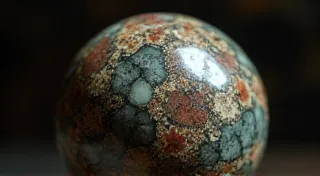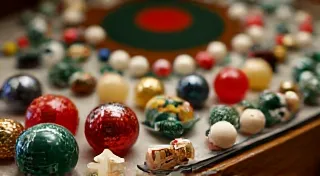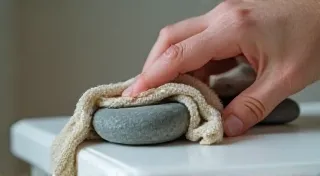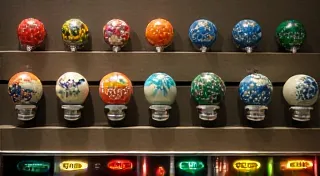The Art of Marble Collecting: Building a Valuable Collection
For many, marbles evoke childhood memories – the satisfying click of glass on pavement, the thrill of winning a game, the simple joy of admiring their colorful swirls. But beyond the nostalgic appeal lies a fascinating world of antique marbles, a burgeoning hobby, and a potential investment. Building a valuable collection of vintage marbles is more than just acquiring pretty spheres; it's about understanding history, appreciating craftsmanship, and mastering the nuances of grading and preservation. This article delves into the art of marble collecting, offering tips and strategies for those eager to build a collection that’s both rewarding and potentially valuable.
A Brief History: From Clay to Glass
The history of marbles is surprisingly long and varied. Early marbles weren’t made of glass at all. They were crafted from natural materials like clay, stone, and even nuts. These primitive marbles date back thousands of years, with examples found in archaeological digs across the globe. The introduction of glass marbles in Europe during the 17th century revolutionized the toy. Initially, these early glass marbles were often imperfect, hand-blown creations. The Industrial Revolution brought mass production, leading to a wider variety of colors, patterns, and sizes, and making them accessible to a broader audience. The peak era for antique glass marbles is generally considered to be from the late 19th century to the mid-20th century.

Identifying Different Types of Vintage Marbles
The sheer diversity of vintage marbles can be overwhelming. Understanding the different types is crucial for both appreciation and valuation. Here's a breakdown of some key categories:
- Common Marbles: These were the workhorses of marble production - often simple swirls, solid colors, or basic patterns manufactured in large quantities. They’re generally less valuable but provide a foundation for any collection.
- Swirls: One of the most popular categories, swirl marbles feature intricate patterns created by mixing molten glass colors. Variations include "Comet," "Nebula," and "Rainy Day" swirls, each with unique characteristics.
- Cut Glass: These marbles showcase the skilled craftsmanship of glass cutting, producing dazzling reflections and intricate designs. They're typically more valuable than common swirl marbles.
- Onionskin: The name comes from the marble's layered construction resembling the layers of an onion. These are relatively rare and prized for their complexity.
- End-of-Day (EOD): EOD marbles are the result of a glassmaker ending their workday with leftover materials and colors. The unique patterns and color combinations make these incredibly desirable and can be very valuable.
- Machine-Made vs. Hand-Made: Understanding the manufacturing process is key. Machine-made marbles are generally less valuable than hand-made ones, though this isn't always the case, especially with rarer machine-made variations.
Sourcing Vintage Marbles: Where to Find Treasures
The hunt for vintage marbles is part of the fun! Here are some places to look:
- Antique Stores: A classic starting point. Be prepared to sift through a lot of items, but the potential rewards can be significant.
- Flea Markets and Garage Sales: These often yield unexpected finds at bargain prices. Early mornings are usually best for the best selection.
- Online Auctions (eBay, LiveAuctioneers): A vast marketplace with a wide range of marbles. Research sellers' reputations carefully before bidding.
- Marble Shows and Collector’s Clubs: A fantastic way to connect with other enthusiasts, learn from experts, and potentially acquire rare marbles.
- Estate Sales: Estate sales, particularly those of older individuals, can be goldmines for vintage toys and collectibles.
Marble Grading: Assessing Value and Condition
Grading is critical in determining the value of a vintage marble. Here's a breakdown of common grading factors:
- Size: Larger marbles are generally more desirable, especially in common varieties.
- Color: Vibrant, well-defined colors increase value.
- Clarity: Marbles free from significant flaws (bubbles, chips, scratches) command higher prices.
- Rarity: Unique colors, patterns, or manufacturing anomalies significantly boost value.
- Condition: This is paramount. “Mint” condition marbles are rare and exceptionally valuable. Chips, scratches, and significant wear dramatically reduce value. A marble's "flash" (how it reflects light) also impacts its overall grade.
Many collectors use a grading scale similar to that used for coins or stamps: Poor, Fair, Good, Very Good, Excellent, and Mint.
Preserving Your Collection: Protecting Your Investment
Proper preservation is essential for maintaining the value of your vintage marble collection.
- Storage: Store marbles in individual compartments or trays lined with soft material (felt, cotton) to prevent scratches and chipping.
- Avoid Sunlight: Prolonged exposure to sunlight can fade colors and weaken glass.
- Handle with Care: Always handle marbles gently and avoid dropping them.
- Cleaning: Clean only when necessary, using a soft cloth and mild soap and water. Avoid abrasive cleaners.
- Display Cases: Consider displaying your marbles in enclosed cases to protect them from dust and handling.
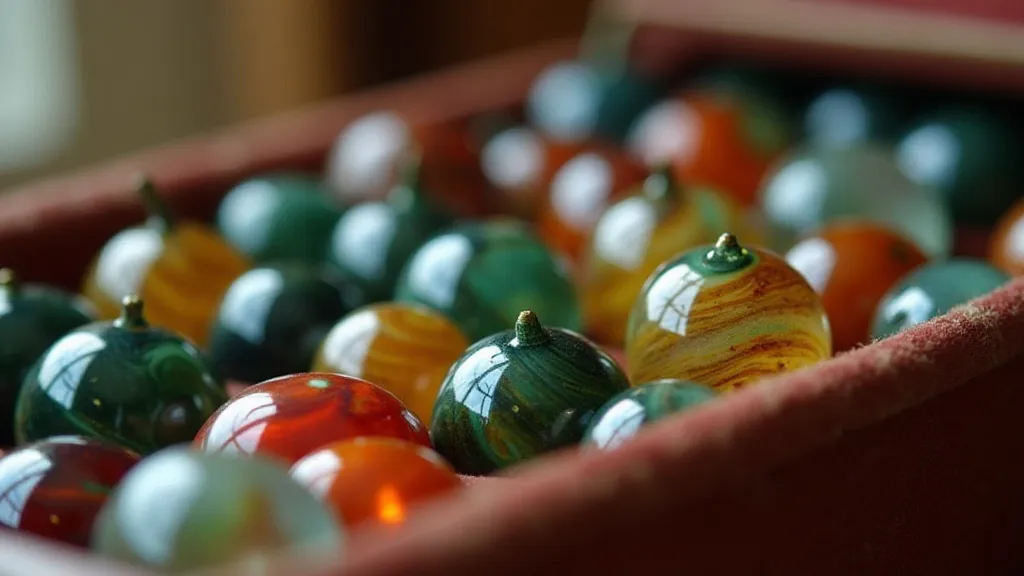
Connecting with the Marble Collecting Community
The marble collecting hobby is a friendly and welcoming one. Joining a collector's club or participating in online forums provides opportunities to learn from experienced collectors, share your finds, and network with like-minded individuals. This community aspect adds another layer of enjoyment to the hobby and can often lead to valuable insights and opportunities.
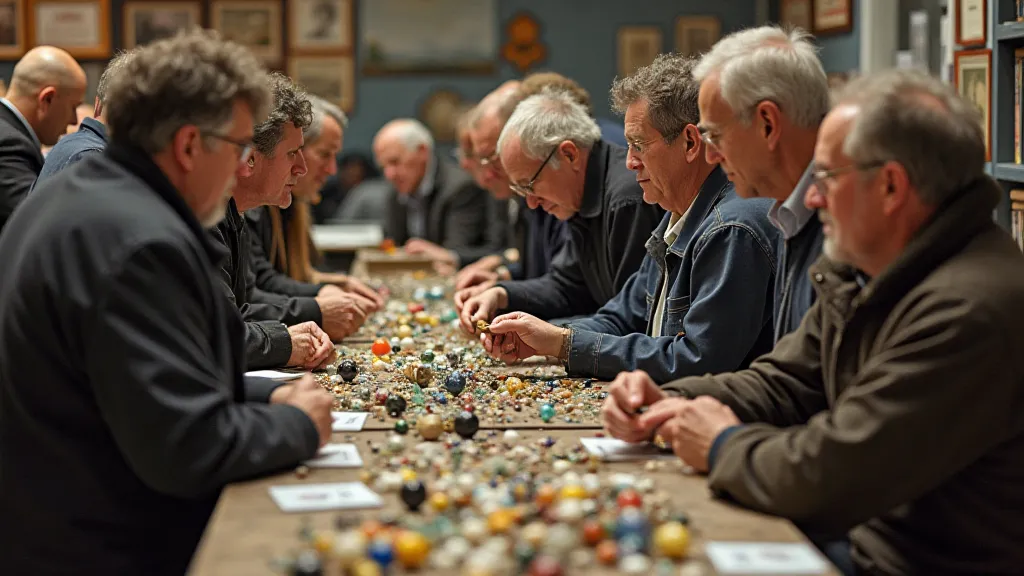
Conclusion: A Journey of Discovery and Appreciation
Building a valuable collection of vintage marbles is a journey that combines historical appreciation, skillful observation, and meticulous care. From identifying rare varieties to preserving their condition, every step demands attention and dedication. However, the rewards—both tangible and intangible—are well worth the effort. More than just accumulating objects, you're connecting with a piece of history, a craft, and a vibrant community of fellow enthusiasts. Happy hunting!
